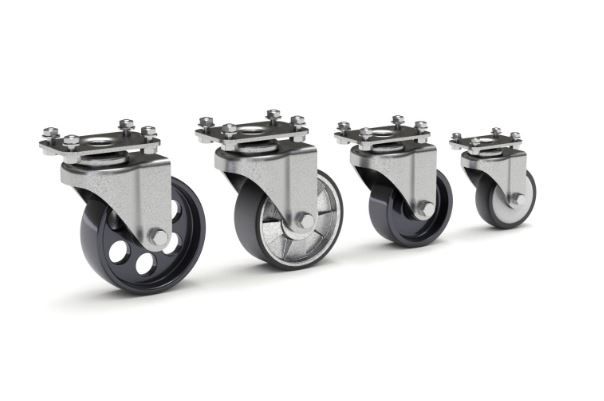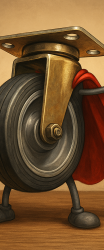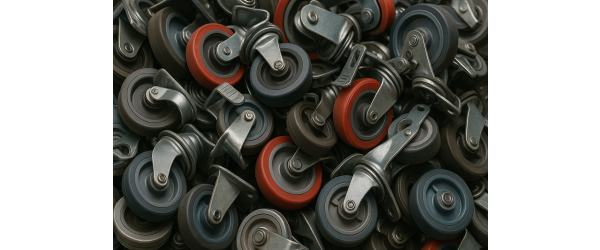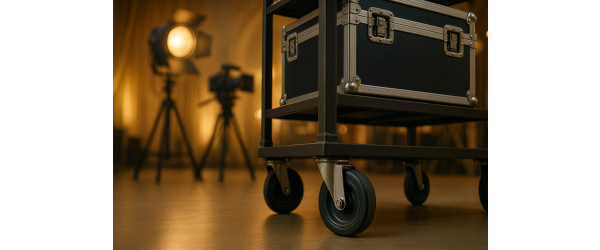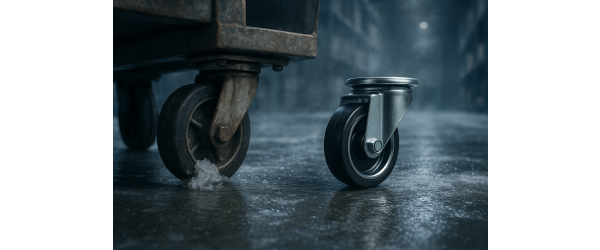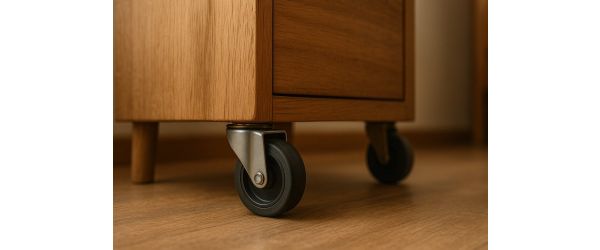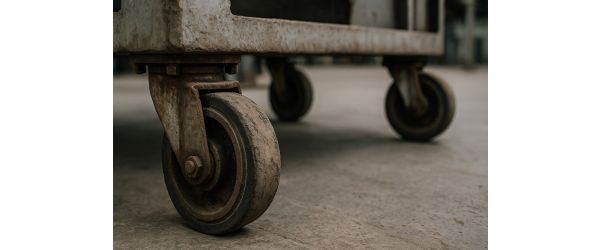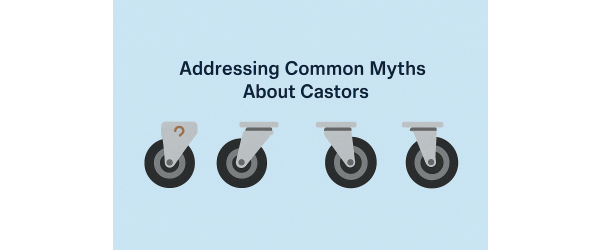Measuring a castor may seem like a straightforward task, but it's a crucial step in ensuring that you choose the right castor for your specific needs. Whether you're replacing castors on existing equipment or selecting them for a new project, understanding how to measure a castor accurately can save you time, money, and potential headaches. In this blog post, we'll break down the process of measuring a castor, focusing on key dimensions and considerations.
Unlocking the Mysteries of Castor Measurement
Measuring a castor effectively involves determining key dimensions that impact its compatibility with your equipment and its performance characteristics. Let's delve into these critical measurements:
1. Wheel Diameter: The wheel diameter is one of the most vital measurements. To measure it, simply find the widest point of the wheel and measure the distance across. This dimension directly affects load-bearing capacity, manoeuvrability, and ground clearance.
2. Tread Width: The tread width refers to the width of the wheel's rolling surface. Measure from one outer edge of the tread to the opposite outer edge. Tread width impacts stability and traction, making it an essential dimension to consider.
3. Bore (Axle Size): The bore is the central hole through which an axle or bolt passes to attach the wheel to your equipment. Measuring the bore's diameter is crucial as it determines compatibility with your equipment's axle or bolt.
4. Hub Length (Distance Through the Bore): The hub length is the length of the wheel's hub that extends from one side to the other through the bore. Accurately measuring this dimension ensures that the castor fits securely onto the axle or bolt without any interference.
Beyond Wheel Dimensions: Overall Measurements
In addition to the wheel dimensions, understanding the overall measurements of the castor is equally important for compatibility and performance:
1. Overall Height: Measure the height of the entire castor, from the bottom of the wheel to the top of the mounting plate or stem. This measurement is crucial to ensure that the castor fits within your equipment's clearance and ground contact requirements.
2. Fixing Type: Identify the fixing type of the castor. It could be a single bolt fitting or a rectangular 4-bolt plate. Knowing this detail is essential for selecting the appropriate mounting hardware.
For Single Bolt Fitting:
- Bolt Diameter Size: If the castor uses a single bolt for attachment, measure the diameter of the bolt hole. This measurement ensures compatibility with your equipment's mounting point.
For Plate Fit:
- Plate Size (Length and Width): Measure the length and width of the mounting plate. These dimensions determine whether the castor's plate fits your equipment's mounting surface.
- Bolt Hole Centres (Plate Size Length and Width): Measure the distance between the centres of the bolt holes on the mounting plate. This measurement ensures precise alignment when attaching the castor.
Conclusion
Measuring a castor accurately is a foundational step in selecting the right castor for your specific application. Understanding both wheel dimensions and overall measurements, along with fixing type and bolt hole dimensions where applicable, ensures that you choose a castor that fits perfectly and functions optimally.
Whether you're embarking on a new project or replacing castors on existing equipment, taking the time to measure your castors correctly is an investment in efficiency and performance. It's a small yet essential task that ensures your equipment rolls smoothly and reliably.
For a comprehensive range of castors and wheels designed to meet your specific requirements, visit Castors-Online.co.uk
and discover the perfect castor fit for your applications.
